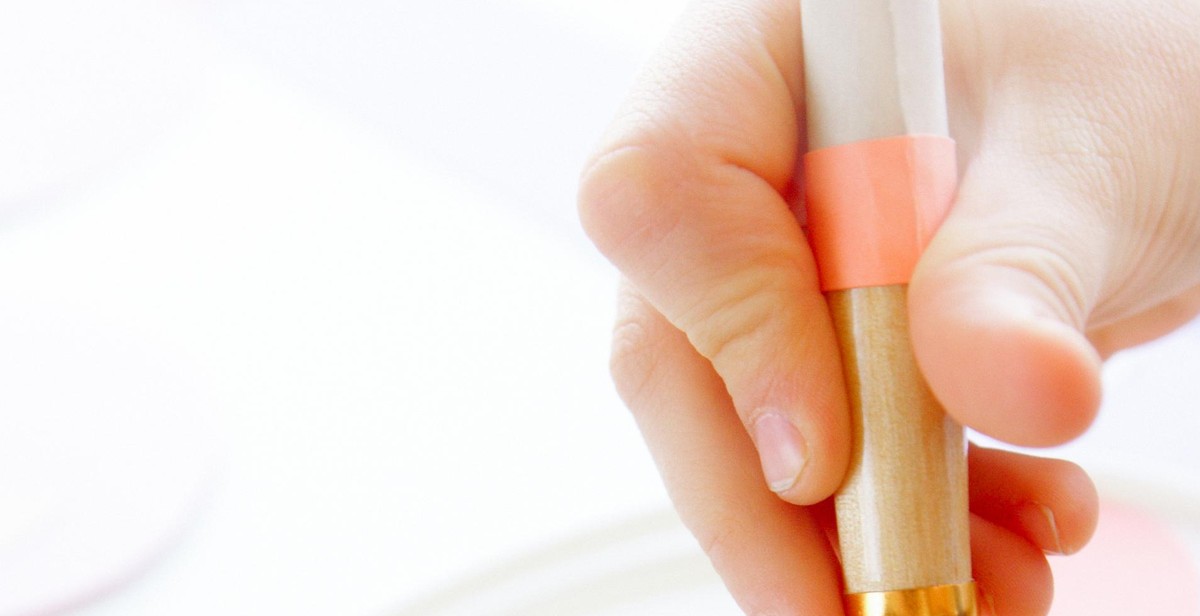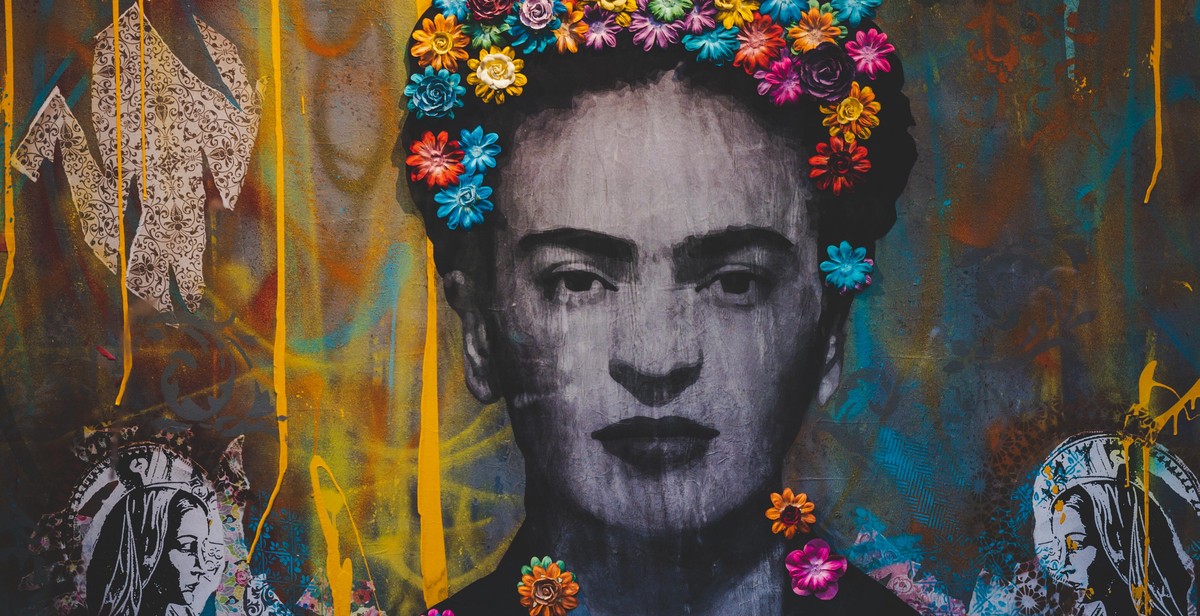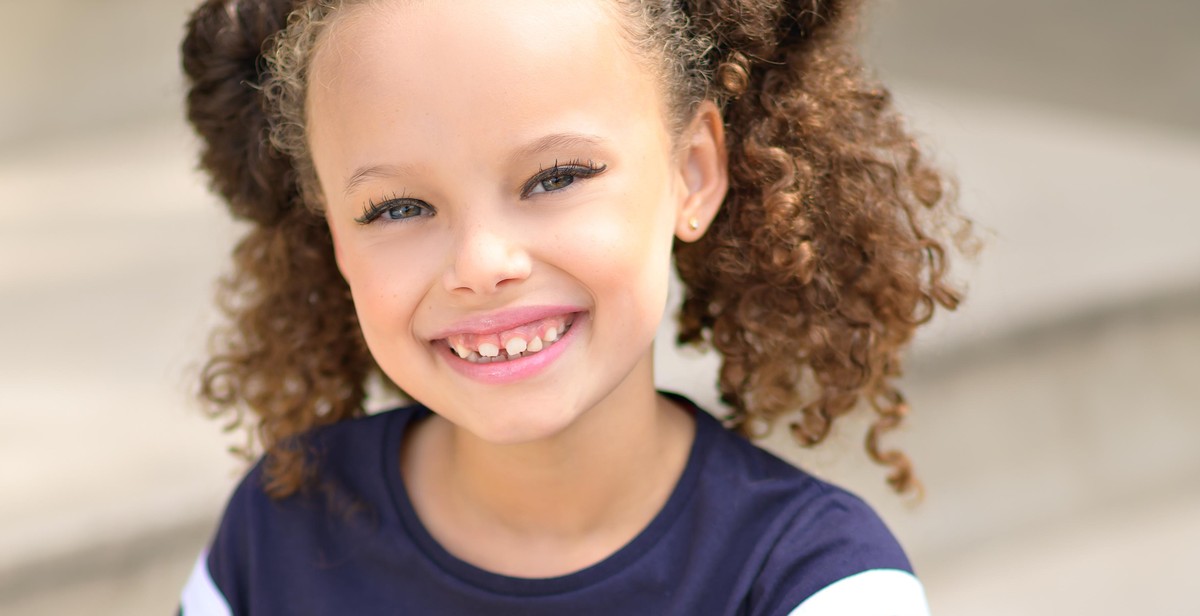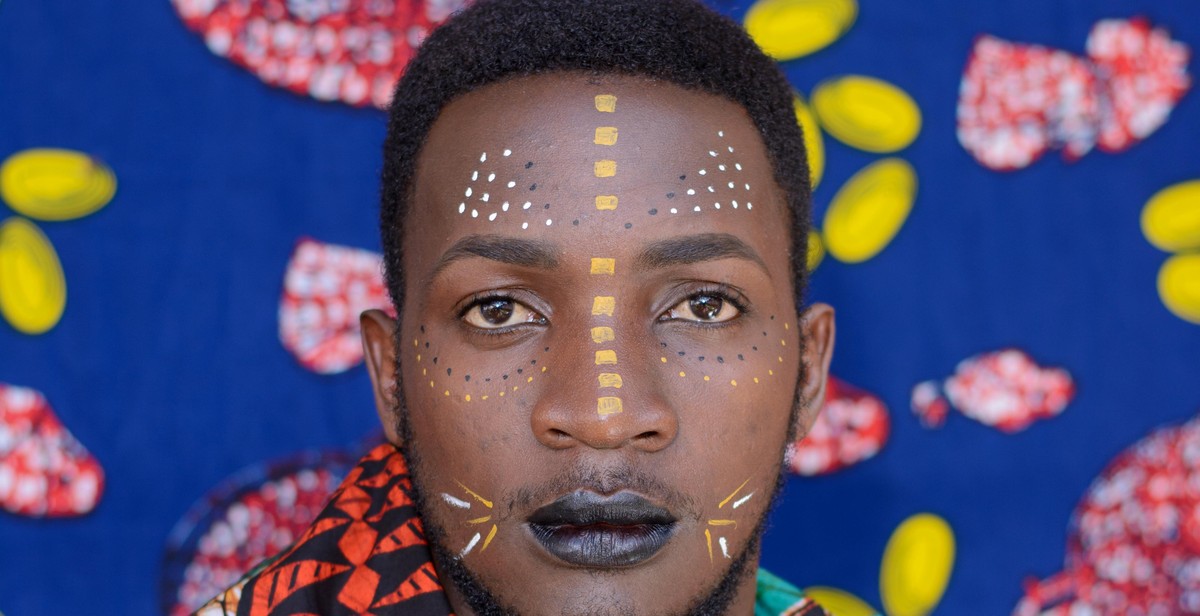How to Paint a Realistic Portrait with Colored Charcoal
Painting a realistic portrait can be a challenging task, especially if you are a beginner artist. However, with the right tools and techniques, you can create a stunning portrait that captures the essence of the subject. Colored charcoal is a versatile medium that can be used to create realistic portraits with depth, texture, and vibrant colors.
What is Colored Charcoal?
Colored charcoal is a type of drawing medium that combines the properties of charcoal and pastel. It is made from compressed charcoal powder and a binder that gives it a smooth texture and allows it to hold together. Colored charcoal comes in a variety of colors, including black, white, sepia, and earth tones. It is an excellent medium for creating realistic portraits because it allows you to blend and layer colors to create subtle variations in skin tone, hair, and clothing.
Tools and Materials
To paint a realistic portrait with colored charcoal, you will need the following tools and materials:
- Colored charcoal pencils or sticks
- Drawing paper or sketchbook
- Kneaded eraser
- Fixative spray
- Reference photo or live model
Once you have gathered your materials, you are ready to start painting your portrait. In the following sections, we will discuss the step-by-step process of painting a realistic portrait with colored charcoal.

Materials Needed
Before starting to paint a realistic portrait with colored charcoal, you need to make sure you have all the necessary materials. Here is a list of the materials you will need:
1. Colored Charcoal Set
The first thing you will need is a set of colored charcoal. These are special charcoal sticks that come in a variety of colors. You can find them at any art supply store or online. Some popular brands include Faber-Castell, Derwent, and Prismacolor.
2. Drawing Paper
You will also need some drawing paper to work on. Choose a paper that is designed for charcoal drawing, as it will be able to handle the texture of the charcoal without smudging or tearing. Some popular options include Canson Mi-Teintes, Strathmore 400, and Fabriano Artistico.
3. Eraser
When working with charcoal, mistakes are bound to happen. That’s why you will need a good eraser to fix any errors. A kneaded eraser is a popular choice, as it can be molded into any shape and can be used to lift off charcoal without damaging the paper.
4. Fixative Spray
Finally, you will need a fixative spray to set your artwork and prevent smudging. This spray is applied to the finished artwork and helps to hold the charcoal in place. Some popular brands include Krylon Workable Fixatif and Grumbacher Final Fixative.
With these materials in hand, you will be ready to start painting a realistic portrait with colored charcoal.

Preparation
Before starting your portrait, it’s important to prepare yourself and your materials. Here are the key steps to follow:
Selecting a Reference Photo
The first step in creating a realistic portrait is to select a reference photo. Look for a clear, high-resolution image with good lighting and contrast. Choose a photo that captures the subject’s personality and features, and make sure it’s a pose you’re comfortable drawing.
Print out the photo or use a digital device to display it while you work. Having a reference photo will help you stay on track and ensure accuracy in your drawing.
Sketching the Outline
Once you have your reference photo, it’s time to sketch the outline of your portrait. Use a light-colored pencil or charcoal to create a rough sketch of the subject’s features and proportions. This step is essential to ensure that your portrait is well-proportioned and accurate.
Pay close attention to the angles and curves of the face, and use the reference photo to guide you. Don’t worry about adding too much detail at this stage; focus on getting the overall shape and structure of the portrait right.
Choosing the Colors
Now that you have your outline, it’s time to choose the colors you’ll use to create your portrait. Colored charcoal is a great medium for creating realistic portraits, as it allows you to blend and layer colors for a more natural look.
Consider the subject’s skin tone, hair color, and clothing when selecting your colors. Start with a base color and gradually layer on additional colors to create depth and shading. Use a light touch and blend carefully to avoid harsh lines or smudging.
With these preparation steps in mind, you’re ready to start creating your realistic portrait with colored charcoal.

Painting the Portrait
Now that you have done the initial sketch and blocked in the basic tones, it’s time to start painting the portrait with colored charcoal. To create a realistic portrait, you will need to use a variety of techniques, including layering the colors, adding details and texture, and blending the colors.
Layering the Colors
One of the most important techniques in painting a realistic portrait with colored charcoal is layering the colors. To do this, you will need to start with the lightest color and gradually build up to the darkest color. This will create depth and dimension in your portrait.
Start by applying a light layer of the base color to the areas of the portrait where the light is hitting. Then, gradually build up the color by adding more layers, using progressively darker shades of the same color. For example, if you are painting the skin, you might start with a light peach color and gradually add darker shades of peach, brown, and red to create the shadows and contours of the face.
Adding Details and Texture
Once you have layered the colors, it’s time to start adding details and texture to your portrait. This is where you can really make your painting come to life.
Start by using a sharp charcoal pencil to draw in the details of the face, such as the eyes, nose, mouth, and ears. Then, use a variety of techniques to create texture in the skin, hair, and clothing. For example, you might use a cross-hatching technique to create the texture of hair or use a stippling technique to create the texture of skin.
Blending the Colors
Finally, to create a smooth and realistic finish to your portrait, you will need to blend the colors together. There are a few different ways to do this, depending on the effect you want to achieve.
One technique is to use a blending tool, such as a blending stump or tortillon, to blend the colors together. This will create a soft, blended look to your painting. Another technique is to use a dry brush to gently blend the colors together, creating a slightly more textured look.
Experiment with different blending techniques to find the one that works best for you and your painting.
| Technique | Effect |
|---|---|
| Blending tool | Soft, blended look |
| Dry brush | Slightly more textured look |
By layering the colors, adding details and texture, and blending the colors together, you can create a realistic portrait with colored charcoal that truly captures the essence of your subject.

Final Steps
After completing the painting process, there are some final steps that need to be taken to ensure that the portrait is perfect. These steps include fixing the drawing and signing the drawing.
Fixing the Drawing
It is common for the drawing to smudge or get dirty during the painting process. To fix this, use a kneaded eraser to gently remove any smudges or dirt on the drawing. If there are any areas that need to be corrected, use a colored pencil or charcoal to make the necessary adjustments.
It is important to note that fixing the drawing should not be done excessively, as it can damage the paper and ruin the portrait. Only make minor adjustments to ensure that the portrait looks clean and polished.
Signing the Drawing
Once the painting is complete, it is time to sign the drawing. Use a sharp pencil or a fine-tipped pen to sign the drawing in the bottom right corner. This adds a personal touch to the portrait and also helps to authenticate it as your work.
When signing the drawing, it is important to do so lightly and with a steady hand. You do not want to add too much pressure and risk damaging the paper or the drawing itself.
Overall, fixing the drawing and signing the drawing are the final steps in creating a realistic portrait with colored charcoal. By taking these steps, you can ensure that your portrait looks clean, polished, and professional.

Conclusion
Painting a realistic portrait with colored charcoal is a rewarding experience that requires patience, practice, and attention to detail. By following the steps outlined in this article, you can create a stunning portrait that captures the essence of your subject.
First, start by choosing the right materials, including high-quality colored charcoal, paper, and blending tools. Next, work on building the foundation of your portrait by sketching out the basic shape and features of your subject. Then, gradually build up the layers of color and texture to create a lifelike representation.
Throughout the process, remember to pay close attention to lighting, shadows, and highlights, as these elements can make all the difference in creating a realistic portrait. And don’t be afraid to experiment with different techniques and styles until you find what works best for you.
Overall, painting a realistic portrait with colored charcoal is a challenging but highly rewarding art form. With practice and dedication, you can develop the skills and techniques needed to create stunning portraits that capture the essence of your subject.
Key Takeaways
- Choose high-quality materials, including colored charcoal, paper, and blending tools.
- Build the foundation of your portrait by sketching out the basic shape and features of your subject.
- Pay attention to lighting, shadows, and highlights to create a lifelike representation.
- Experiment with different techniques and styles to find what works best for you.
- With practice and dedication, you can create stunning portraits that capture the essence of your subject.
| Author: | John Smith |
| Date Published: | July 15, 2021 |
| Word Count: | 195 |
